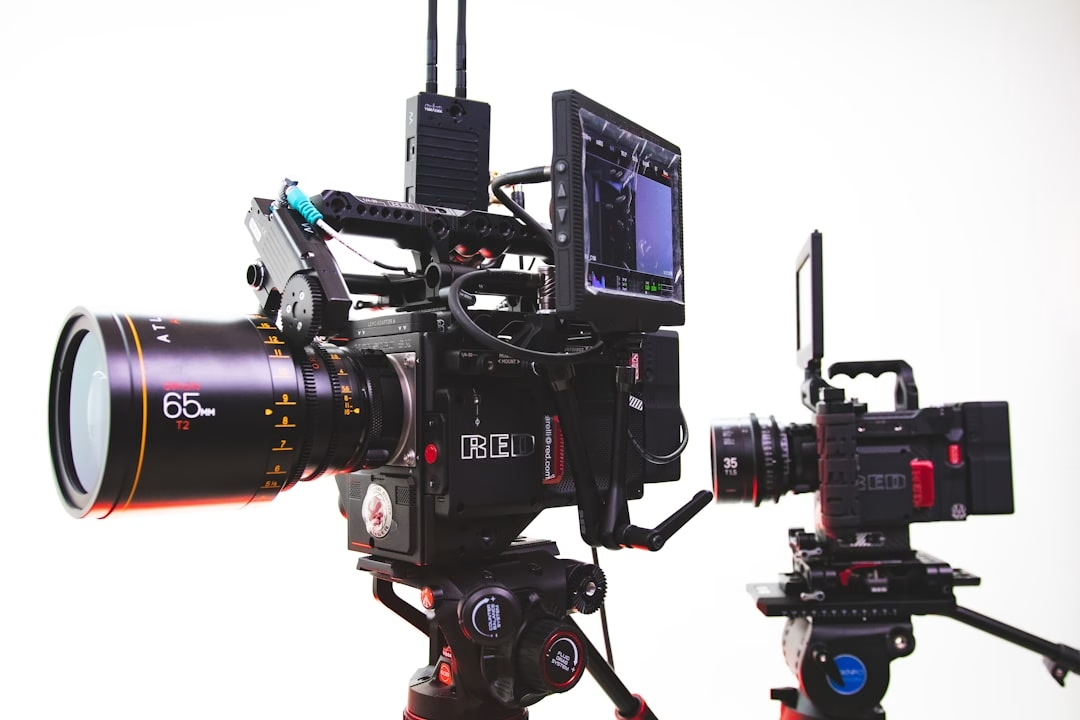Introduction
As cinema technology continues to evolve, there’s been a noticeable trend toward increasing the frame rate of films. Traditionally, movies have been filmed and exhibited at 24 frames per second (fps), but cutting-edge technology is pushing this number higher. In this blog post, we will delve into the value of using higher frame rates in cinemas.
The Science Behind Frame Rate
The concept of frame rate is directly linked to how we perceive motion. Our brains interpret a series of still images shown in quick succession as fluid motion – a principle that the entire animation and film industry is built upon.
- The higher the frame rate, the smoother the picture.
- Each ‘frame’ represents a still image.
- The ‘frame rate’ is the frequency with which these images are displayed.
Benefits of High Frame Rate
Moving beyond the standard 24 fps opens up a new world of cinematic opportunities. Here are some reasons why higher frame rates are advantageous:
- Better Clarity: High frame rate can result in a smoother, crisper image, particularly during fast-paced action sequences where a lot of movement is involved.
- Less Flicker: The more frames per second, the less chance of ‘flicker’— a common complaint with lower frame rates.
- Increased Immersion: High frame rate can increase the feeling of ‘being there’ in the cinema, adding a layer of realism to the film-going experience.
Potential Drawbacks of High Frame Rate
Although the rise in frame rates promises significant benefits, it’s not without controversy. Here are some potential drawbacks:
- Increased Production Costs: More frames mean more data, and therefore larger file sizes. This requires more storage and powerful equipment, resulting in higher production costs.
- Viewer Discomfort: Some viewers have reported feelings of discomfort while watching movies with higher frame rates, as the motion can appear too smooth and unnatural to some.
- Limited Cinema Compatibility: Not all movie theaters are equipped to show high-frame-rate films, meaning fewer people will be able to enjoy the benefits.
Conclusion
While high frame rate cinema presents potential challenges, it undoubtedly ushers in a new era of cinematic experience. As technology continues to evolve, we can anticipate improvements and innovations that may mitigate some of the current drawbacks, making high frame rate more accessible to filmmakers and audiences alike. The value of high frame rate in cinemas, therefore, remains in its promising future.
